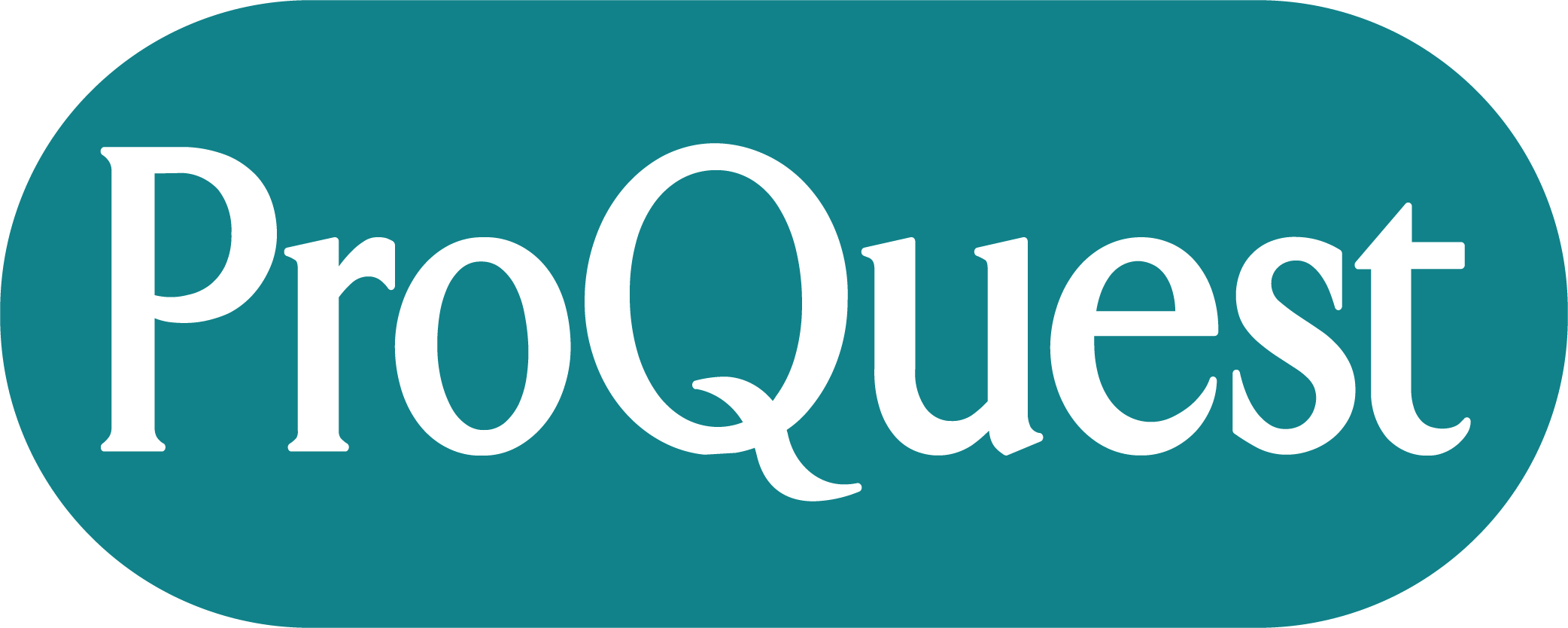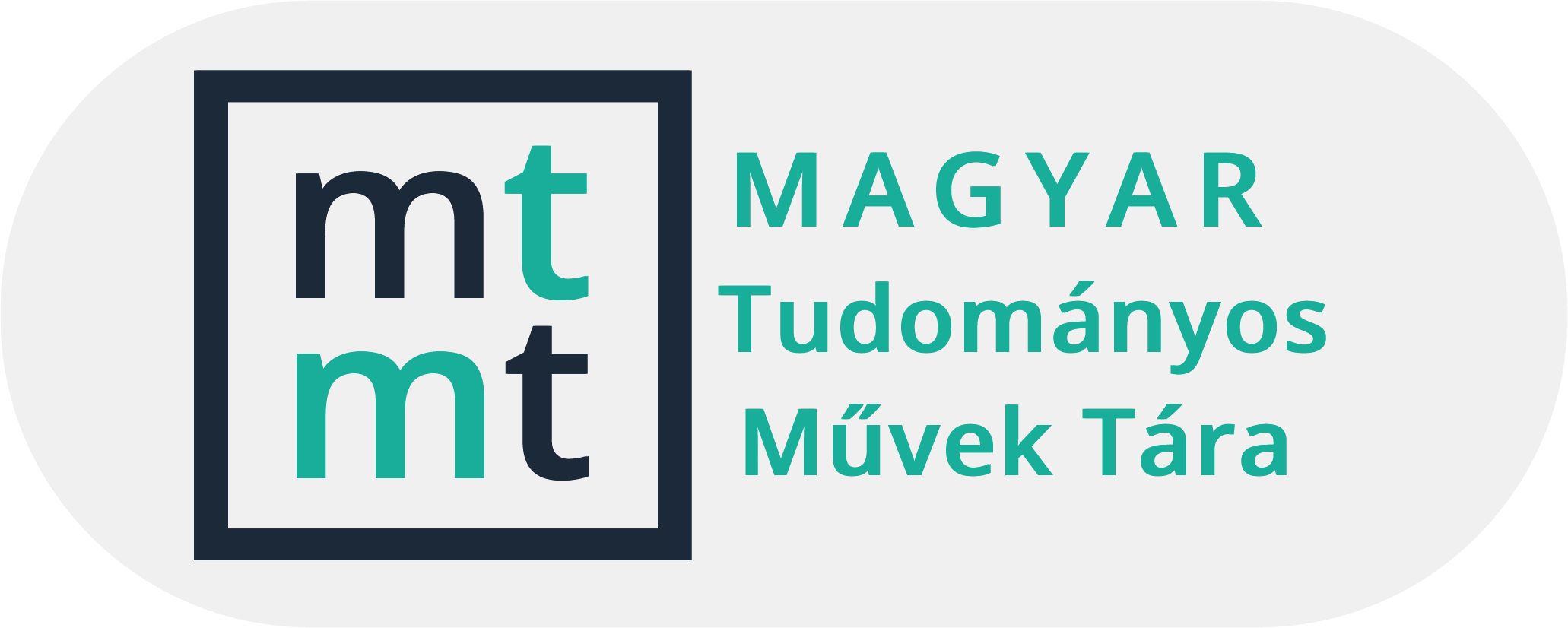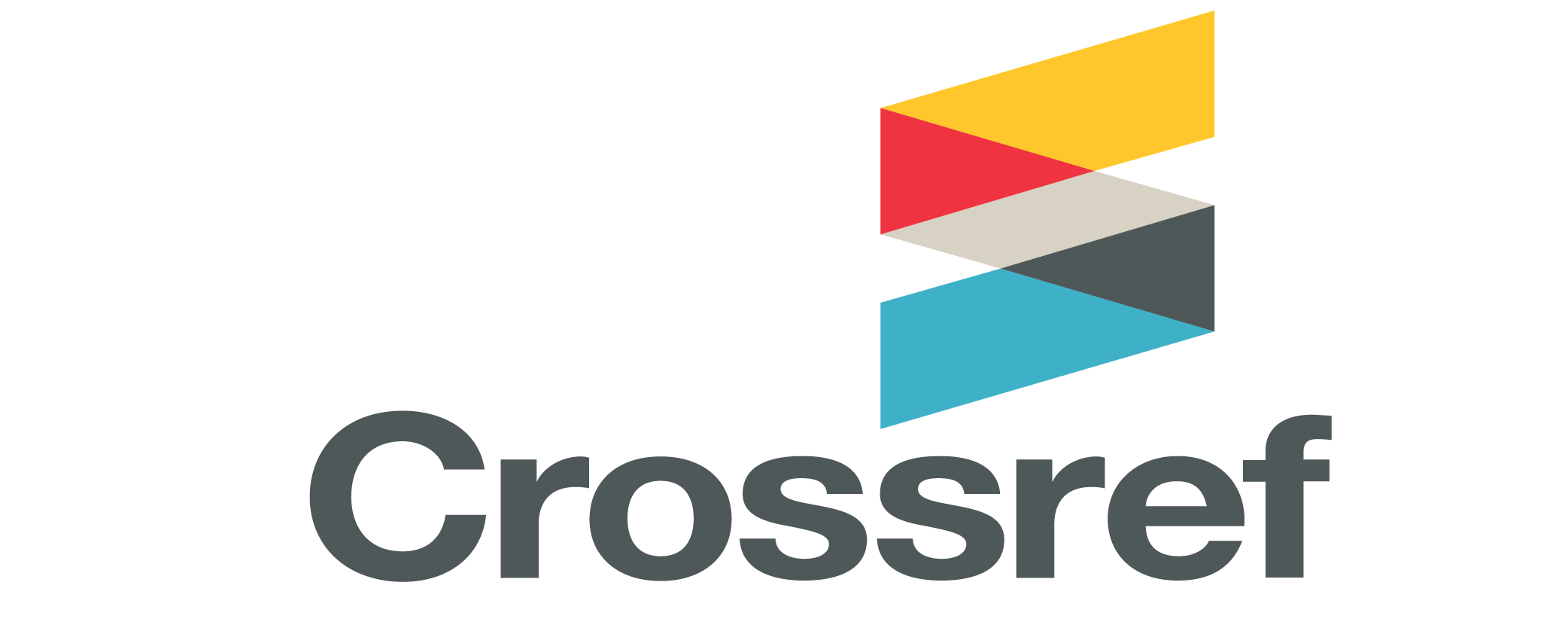Solving word problems - a crucial step in lower secondary school education
Author
View
Keywords
License
Copyright (c) 2025 Zsolt Fülöp

This work is licensed under a Creative Commons Attribution 4.0 International License.
How To Cite
Abstract
Algebra is considered one of the most important parts of Mathematics teaching and learning, because it lays the foundations of abstract thinking as well as reasoning abilities among the lower secondary school pupils who have just transited from the world of numbers and computations to the area of equalities, signs, symbols and letters. The present article focuses on the fact that how the transition from arithmetic to algebra can be made more smooth. We have concentrated our experiments towards the approach of algebraic reasoning and its utilities in filling the gap between arithmetic and beginning algebra in lower secondary school education.We also underline the importance of another approach in overcoming the challenges in the transition from arithmetic to algebra, to enhance and make algebraic learning more effective, with special considerations to word problem-solving processes. In our opinion, we have to go through three phases in the introducing of algebra in Grade 7 Mathematics education: Regula Falsi method (based only on numerical calculations); functional approach to algebra (which combines the numerical computation with letter-symbolic manipulation); and writing equations to word problems. The conclusions of the present article would be helpful to Mathematics teachers for applying themselves to develop the pupils’ interest in word problem-solving processes during algebra teaching classroom activities.
Subject Classification: 97B10, 97C30, 97C50, 97D10, 97D40
References
- Arzarello, F. (1991). Procedural and relational aspects of algebraic thinking. In Proceedings of the Fifteenth International Conference for the Psychology of Mathematics Education, Assisi (Vol. 1, pp. 80–87). PME.
- Arzarello, F., Bazzini, L., & Chiappini, G. (1993). Cognitive processes in algebraic thinking: Towards a theoretical framework. In Proceedings of the Seventeenth International Conference for the Psychology of Mathematics Education, Tsukuba (Vol. 1, pp. l38–145). PME.
- Booth, L. R. (1984). Algebra: Children’s strategies and errors. NFER-Nelson.
- Collis, K. F. (1974). Cognitive development and mathematics learning. The Psychology of Mathematics Education series. Chelsea College, University of London.
- Cortes, A., Vergnaud, G., & Kavafian, N. (1990). From arithmetic to algebra: Negotiating a jump in the learning process. In Proceedings of the Fourteenth International Conference for the Psychology of Mathematics Education, Mexico (Vol. 2, pp. 22–34). PME.
- Driscoll, M.(1999). Fostering algebraic thinking: A guide for teachers, grades 6-10. Heinemann.
- Edwards, T. G. (2000). Some ”big ideas” of algebra in the middle grades. Mathematics Teaching in the Middle School, 6 (1), 26–31.
- Filloy, E., & Rojano, T. (1984). From an arithmetical to an algebraic thought (A clinical study with 12-13 year olds). In Proceedings of the Sixth Annual Conference for the Psychology of Mathematics Education North American Chapter Madison, Wisconsin (pp. 51–56). PME-NA.
- Filloy, E., & Rojano, T. (1989). Solving equations: The transition from arithmetic to algebra. For the Learning of Mathematics, 9 (2), 19–25.
- Fülöp, Zs. (2015). Transition from arithmetic to algebra in primary school education. Teaching Mathematics and Computer Science. 13 (2), 225–248.
- Fülöp, Zs. (2016). Regula falsi in lower secondary school education. Teaching Mathematics and Computer Science, 14 (2), 169–194.
- Fülöp, Zs. (2020). Regula falsi in lower secondary school education II. Teaching Mathematics and Computer Science, 18 (2), 121–142.
- Fülöp, Zs. (2023). The functional approach to algebra: The development of structural thinking in lower secondary school education. In G. Ambrus, J. Sjuts, & É. Vásárhelyi (Eds.), Mathematik und mathematisches Denken – Ansprüche und Anforderungen vor, in und nach der Schule (pp. 267–288). WTM-Verlag.
- Herscovics, N., & Linchevski, L. (1991). Pre-algebraic thinking: Range of equations and informal solution processes used by seventh graders prior to any instruction. Proceedings of the Fifteenth International Conference for the Psychology of Mathematics Education, Assisi (Vol. 2, pp. 173–180). PME.
- Herscovics, N., & Linchevski, L. (1994). A cognitive gap between arithmetic and algebra. Educational Studies in Mathematics, 27, 59–78.
- Johanning, D. I. (2004). Supporting the development of algebraic thinking in middle school: A closer look at students’ informal strategies. The Journal of Mathematical Behavior, 23 (4), 371–388.
- Kieran, C. (1981). Concepts associated with the equality symbol. Educational Studies in Mathematics, 12 (3), 317–326.
- Kieran, C. (1997). Mathematical concepts at the secondary school level: The learning of algebra and functions. In P. Bryant, & T. Nunes (Eds.), Learning and teaching Mathematics: An international perspective (pp. 133–158). Psychology Press.
- Leitzel, J. R. (1989). Critical considerations for the future of algebra instruction or A reaction to: ”Algebra: What should we teach and how should we teach it?”. In S. Wagner, & C. Kieran (Eds.), Research issues in the learning and teaching of algebra (pp. 25–32). Routledge.
- Linchevski, L., & Herscovics, N. (1996). Crossing the cognitive gap between arithmetic and algebra: Operating on the unknown in the context of equations. Educational Studies in Mathematics, 30 (1), 39–65.
- Nathan, M. J., Kintsch, W., & Young, E. (1992). A theory of algebra wordproblem comprehension and its implication for the design of learning environments. Cognition and Instuction, 9 (4), 329–389.
- Rézio, A. S. R. (2014). Algebraic thinking: Conceptions of elementary school teachers, Revista Ensayos Pedagógicos, 9 (1), 121–135.
- Sfard, A. (1991). On the dual nature of mathematical conceptions: Reflections on processes and objects as different sides of the same coin, Educational Studies in Mathematics, 22, 1–36.
- Stacey, K., & MacGregor, M. (1995). The influence of problem representation on algebraic equation writing and solution strategies. In L. Meira, & D. Carraher (Eds.), Proceedings of the Nineteenth International Conference for the Psychology of Mathematics Education, Recife (Vol. 2, pp. 90–97).
- Stacey, K., & MacGregor, M. (1999). Learning the algebraic method of solving problems. The Journal of Mathematical Behavior, 18 (2), 149–167.
- Thorpe, J. A. (1989). Algebra: What should we teach and how should we teach it? In S. Wagner, & C. Kieran (Eds.), Research issues in the learning and teaching of algebra (pp. 11–24). Routledge.
- Yerushalmy, M. (2000). Problem solving strategies and mathematical resources: A longitudinal view on problem solving in a function based approach to algebra. Educational Studies in Mathematics, 43, 125–147.
- Van Amerom, B. A. (2003). Focusing on informal strategies when linking arithmetic to early algebra. Educational Studies in Mathematics, 54, 63–75.
- Wollman, W. (1983). Determining the sources of error in a translation from sentence to equation. Journal for Research in Mathematics Education, 14 (3), 169–181.

 https://doi.org/10.5485/TMCS.2025.14657
https://doi.org/10.5485/TMCS.2025.14657






